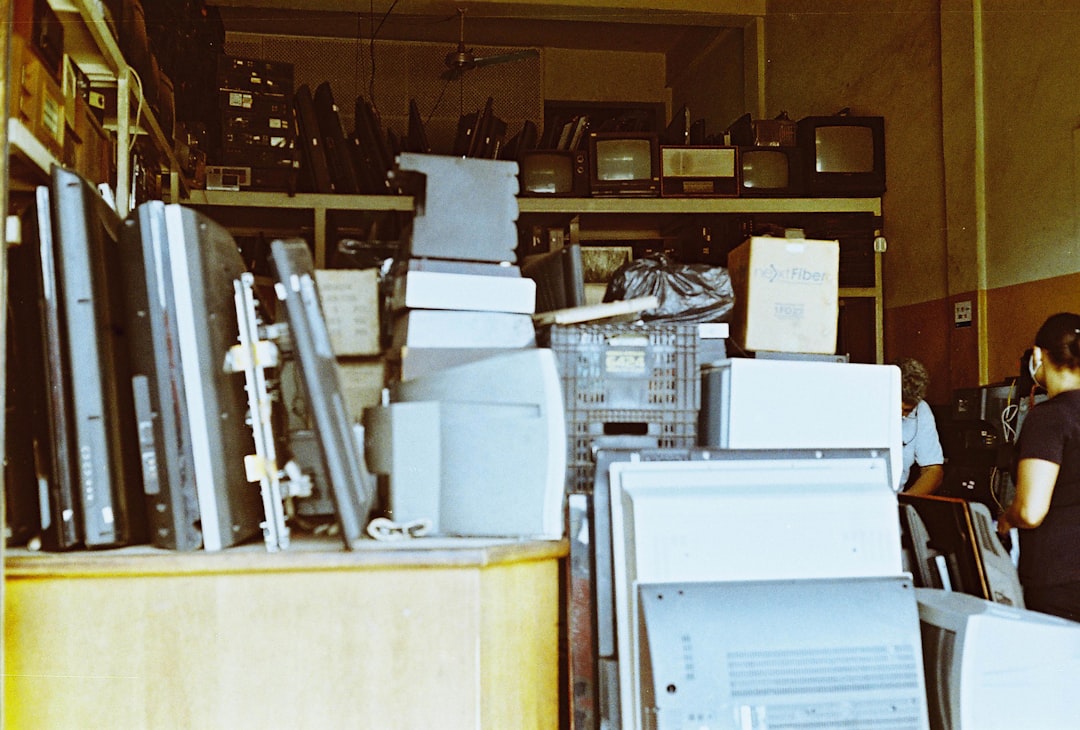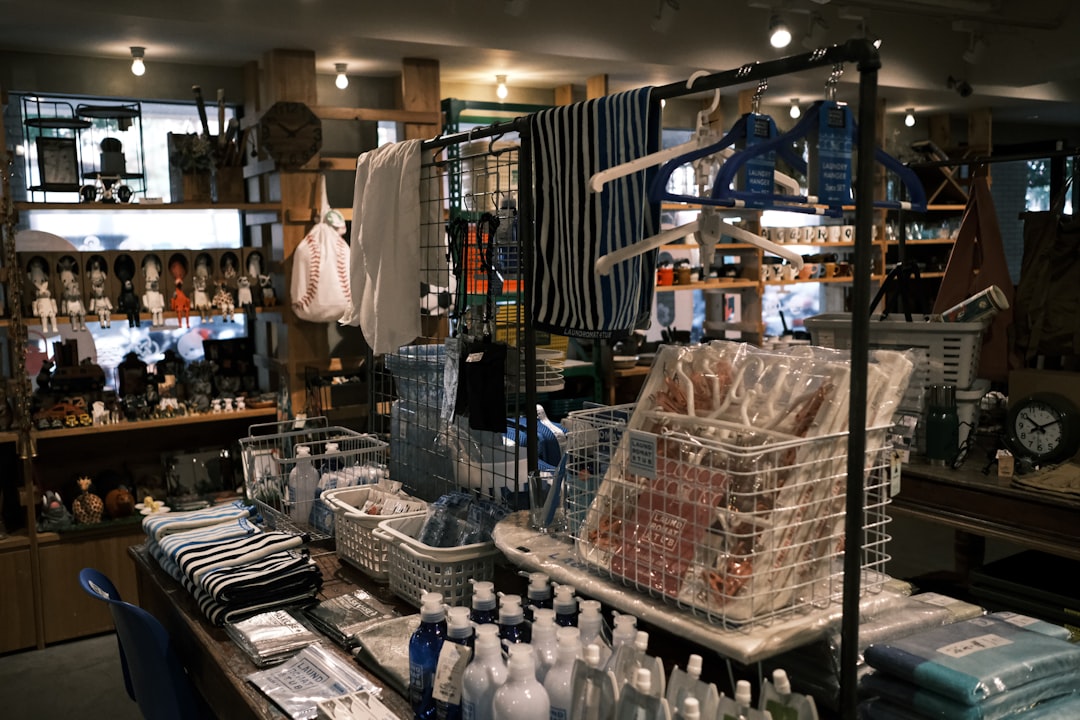

Engage prospects with a scan and streamline customer engagement with FREE QR code marketing tools by Sona – no strings attached!
Create a Free QR CodeFree consultation

No commitment

Engage prospects with a scan and streamline customer engagement with FREE QR code marketing tools by Sona – no strings attached!
Create a Free QR CodeFree consultation

No commitment

Many cleaning supply businesses are still hampered by analog processes such as printed catalogs, phone-based ordering, and paper MSDS binders that are difficult to keep up to date. These gaps slow down reorders, hide buyer intent from sales teams, and create compliance risks when documentation is outdated or hard to access on site. The cost is real: missed reorders, longer fulfillment cycles, and lost visibility into which printed assets actually drive revenue.
QR codes create instant connections between the physical assets you already produce and the digital experiences your customers expect. A single scan can route a facility manager to current SDS documentation, launch a pre-filled reorder form for a janitorial team, or capture a trade show visitor’s details directly into your CRM. The result is a cleaner path from interest to action, with measurable signals you can track, segment, and optimize.
Modern QR code strategies bridge these gaps by making it simple to:
By replacing printed brochures, faxed order forms, and manual sign-up sheets with QR-enabled flows, you both accelerate the customer experience and give your teams the data they need to prioritize outreach, prevent stockouts, and track ROI across every physical touchpoint. Platforms like Sona QR support the full lifecycle: code creation, dynamic destinations, tracking, CRM integration, and campaign optimization.

Cleaning supply businesses must connect analog decision moments such as catalog browsing, in-aisle evaluation, and trade show conversations with digital systems that capture intent and drive the next best action. Without that bridge, prospects can evaluate a product, talk to a rep, or read a chemical label, then disappear from your funnel without leaving a measurable signal. Compliance adds a second layer of complexity. Teams need current SDS, OSHA and GHS aligned documentation, and sustainability certifications on hand during audits or site visits. Paper inserts often lag behind real-time updates.
QR codes solve these challenges by turning every physical surface into a digital access point:
For a cleaning supply company, common materials like product labels, shelf talkers, invoices, delivery notes, training manuals, and trade show booths become measurable, updateable gateways to your digital ecosystem. You not only make reordering, training, and compliance easier; you also gain the data foundation to improve targeting, forecasting, and campaign performance.

Cleaning supply operations benefit from a mix of QR formats. Different use cases call for different destinations and user actions. The goal is to meet users in context and get them where they need to go with minimal friction.
Dynamic QR codes are particularly powerful in this sector. Use dynamic codes for any destination that may change over time, such as SDS or product formulation updates, temporary promotions, or event-specific pages. With Sona QR, you can manage all code types in a single dashboard, update destinations instantly, and preserve the data history that tells you which placements perform best.

The greatest gains often come from placing QR codes where your customers already pause to make decisions or seek information. Each of these touchpoints can carry both a utility function and a marketing function: they solve a problem for the user while collecting a signal you can act on later.
By situating QR codes at these friction points, you transform routine interactions into measurable moments that feed your pipeline. Over time, you will discover which placements produce repeat buyers, which offers resonate by segment, and where to focus marketing spend for the greatest lift.

In a sector where speed, safety, and repeat business matter, QR codes deliver practical wins across operations, sales, and compliance. Here are three high-impact examples tied to common interactions:
Each QR-driven flow should connect to your CRM so that scans enrich the account record. For example, a facility manager who repeatedly scans for SDS on disinfectants likely cares about safety and training, suggesting educational content and compliance-focused bundles. A buyer who scans reorder codes for floor pads every four weeks is a candidate for subscription replenishment or volume discounts.
Every scan expresses intent. Where the scan occurred, what the visitor viewed, and when it happened can all inform how you market to that person next. In cleaning supply, segmenting scanners by role, interest, and context gives your team a more efficient path to conversion.
Over time, these segments become the backbone of your performance strategy. Instead of retargeting all website visitors, you focus spend on people who scanned a pricing sheet at a trade show or accessed SDS in the field, which typically indicates higher purchase intent. Sona QR makes this practical by unifying scans, web visits, and CRM activity into a single record you can use across channels.
QR codes unify the story across print, physical spaces, and digital channels. In cleaning supply, where catalogs, invoices, delivery notes, and trade events still dominate, QR codes make each touchpoint measurable and actionable. They do not replace your channels; they connect them.
When you run all codes through a centralized platform such as Sona QR, you get consistent branding, dynamic content control, and analytics that roll up across channels. This creates a closed-loop system where you can see how a shelf tag in a warehouse and a flyer at an expo both contributed to the same opportunity.
A strong QR initiative starts with a focused use case and ends with measurable outcomes tied to revenue, reorders, and compliance milestones. The steps below align with how cleaning supply teams plan, deploy, and scale QR across operations and marketing.
Before you begin, align your internal stakeholders. Sales, operations, compliance, and marketing all have a stake in QR deployments. A short kickoff that clarifies goals, data capture needs, and responsibilities will ensure codes deliver value without creating extra overhead.
A focused first use case builds internal momentum. Once the value is clear, you can expand to adjacent workflows such as delivery feedback or subscription reorders.
In cleaning supply, most high-value use cases benefit from dynamic codes, since compliance documents and promotions change frequently. Sona QR makes switching destinations simple while preserving historical performance data.
Run a small pilot in the environments where scans will occur. Confirm that your links load fast on mobile, that forms are short, and that any device-specific deep links behave as expected.
Start with a few placements in each category such as packaging, paperwork, and events. As you collect data, expand to additional SKUs and materials that mirror top performers.
Optimization is continuous. As you learn which assets drive revenue and which audiences respond, shift budget and production toward the highest-impact placements.
Collecting scans is only step one. To justify ongoing investment, you need to connect scans to outcomes such as orders placed, replenishment frequency, invoice payment speed, safety training completion, and account expansion. This requires consistent tagging, integrated systems, and a reporting cadence that informs both marketing and operations. For a measurement framework, see Sona’s guide to marketing reports.
Cleaning supply businesses now have the tools to make this connection. With platforms like Sona QR, every code can pass context to your analytics and CRM: source asset, campaign, SKU, and placement. That context is the basis for segmenting users, attributing revenue, and identifying where your physical assets underperform.
Sona QR captures real-world engagement at the source. Sona.com extends this by resolving identities, stitching scans to web sessions and email clicks, and attributing closed revenue to the QR placements that influenced it. The outcome is a clear view from scan to sale, which helps your team double down on what works and sunset what does not.
The more your codes align with real workflows and buyer intent, the higher your scan rates and conversion rates. Focus on utility first, then layer in marketing and measurement. That approach earns trust and drives repeat engagement over time.
Two practical deployment ideas: print reorder QR codes on recurring invoices for fast replenishment of high-consumption items such as liners and floor pads; add QR codes to chemical drums that launch quick-start videos and emergency procedures to improve safety and reduce support calls.
Cleaning supply businesses thrive when every touchpoint makes it easy to act, learn, and improve. QR codes bring physical assets into the digital fold, ensuring that packaging, paperwork, and signage are not dead ends but gateways to reorders, documentation, training, and feedback. In the process, they create a stream of measurable signals that feed better forecasting, smarter targeting, and faster growth.
What used to be anonymous interactions are now traceable and optimizable. Shelf tags can prevent stockouts. Invoices can trigger restocks and reviews. Trade show banners can turn passerby curiosity into CRM records. With the right platform, you can attribute pipeline and revenue back to specific placements and continuously refine your mix.
If you are ready to close the gap between offline engagement and digital outcomes, start with one high-impact use case and expand from there. Sona QR gives you everything needed to generate, brand, deploy, and track QR codes at scale while Sona.com connects scan activity to your broader buyer journey and revenue. Start creating QR codes for free. For end-to-end attribution and activation across your funnel, book a demo with Sona.
QR codes have transformed cleaning supply businesses from simple product providers into dynamic hubs of customer engagement and operational efficiency. By enabling instant access to product details, usage instructions, and safety data, QR codes streamline customer interactions while driving smarter inventory management and compliance. Imagine empowering your clients to scan and instantly receive tailored product information or reorder supplies with a tap—turning every package into a powerful sales and service channel.
With Sona QR, you can create dynamic, trackable QR codes that update in real time without the need for costly reprints. Connect every scan to actionable insights, optimize your marketing efforts, and enhance customer satisfaction effortlessly. Start for free with Sona QR today and transform every scan into a seamless experience that boosts loyalty and grows your cleaning supply business.
QR codes streamline operations by enabling instant access to updated documentation, simplifying reorders, automating inventory management, and capturing customer data for faster follow-up, which reduces friction and speeds up workflows.
Dynamic QR codes allow businesses to update destinations without reprinting materials, track user engagement for attribution, enable retargeting, and provide flexible content like SDS updates or promotions, making them ideal for compliance and marketing.
By placing QR codes on shelf tags and bins, staff can scan to update inventory counts or trigger replenishment with pre-filled product details, reducing manual errors and supporting just-in-time stock management.
Creative integrations include adding QR codes to product packaging for compliance and reordering, using them on trade show materials to capture leads, placing codes on fleet vehicles for catalog access, and incorporating them into customer feedback surveys on invoices.
Businesses can use QR codes to connect physical touchpoints to digital experiences, such as launching reorder forms, providing safety documentation, capturing trade show visitor information, and triggering automated follow-ups, which increases engagement and drives repeat business.
Use Sona QR's trackable codes to improve customer acquisition and engagement today.
Create Your FREE Trackable QR Code in SecondsJoin results-focused teams combining Sona Platform automation with advanced Google Ads strategies to scale lead generation

Connect your existing CRM

Free Account Enrichment

No setup fees
No commitment required

Free consultation

Get a custom Google Ads roadmap for your business






Launch campaigns that generate qualified leads in 30 days or less.
